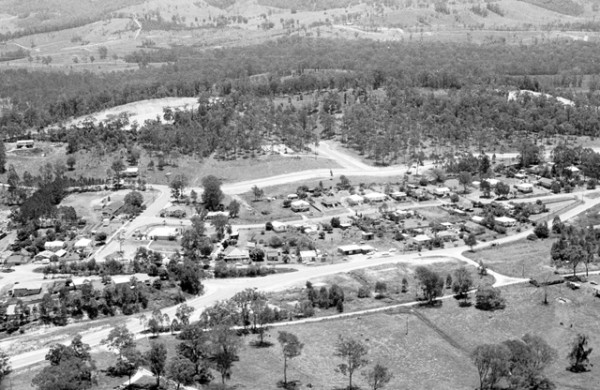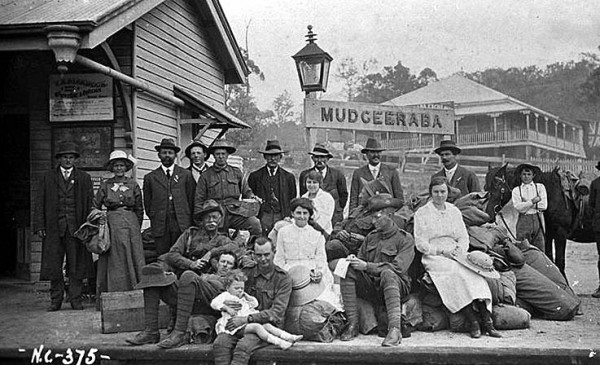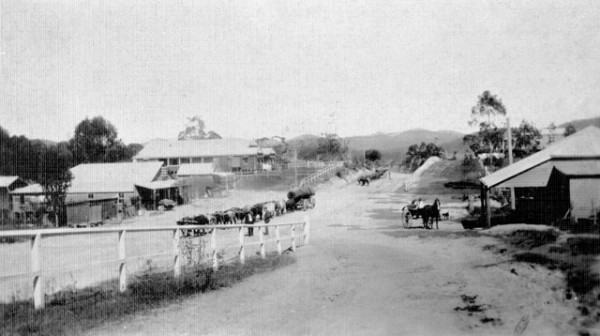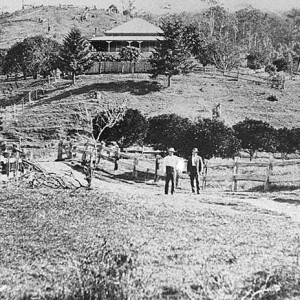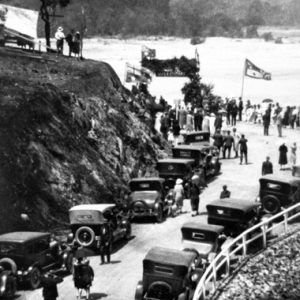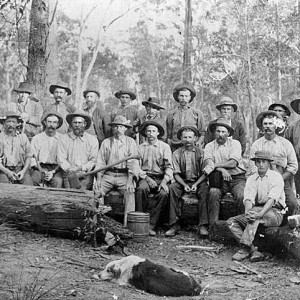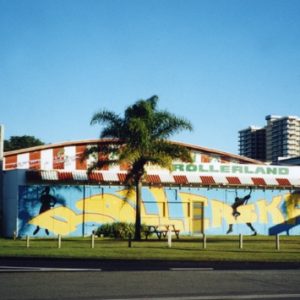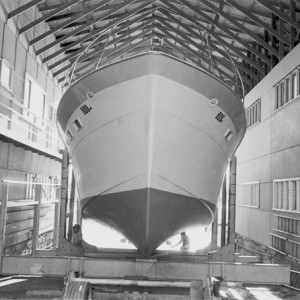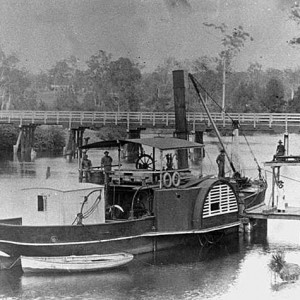
In 1856, William Duckett White, a squatter from Beaudesert, leased a cattle run called Murry Jerry from the New South Wales Government. While it might seem surprising that the cattle run was leased from the New South Wales government, until 1869, Queensland was administered by the New South Wales Government.
Part of the 25 square miles of the cattle run included the town now known as Mudgeeraba. While the precise meaning of the word Mudgeeraba is uncertain, there word was been in use before the 1860s and there are a number of different meanings recorded including place of sticky soil and low lying ground.
In 1868, when the land of Murry Jerry and other huge parcels of land were opened up for free selection, a disgruntled White wrote, “Squatters are ruined”. Many of the early selectors and new arrivals in the area were timber getters, saw millers and eventually dairy farmers.
In 1871, the population of Mudgeeraba district was listed as 31 and the settlers lived an isolated, difficult existence. With road transport challenging, the new arrivals relied on the steamers and cutters which travelled up the Nerang River, six to ten miles away, for supplies and contact with the outside world.
In 1884, there was a good deal of activity in timber hauling form Mudgeeraba to Tweed Heads and it’s possible that many of the roads evolved from the early timber tracks. A visitor to the area in 1884 remarked that he “met timber wagons at every turn”.
As the population grew and the road network improved, it was not surprising that the first hotel in the area started operation. The Mudgeeraba Hotel opened on 21 December 1883 with William Laver, the proprietor, advertising that the premises were only five miles from Burleigh Heads.
The hotel was surrounded by excellent lagoons for ducks, swans and other wildlife along with good stabling and secure paddocks for the horses. The hotel served the best brands of spirts and ales that were available. Surrounding the hotel were Carmichael’s blacksmith’s shop, a Presbyterian Church which also served as the Mudgeeraba Provisional School and the local government hall which was the meeting place for the Nerang Divisional Board. In 1896, the hotel was rebuilt as the Hampshire Terrace Hotel and post office facilities were established in the hotel around the same time.
In 1903 the railway line to Tweed Heads was established with a stop at Mudgeeraba. The Mudgeeraba Railway Station was located near the present day highway entrance to the town. The location of the new station has an impact on the layout and future development of Mudgeeraba. As it was situated some distance to the cluster of buildings that made up the township, the village centre relocated to the current site to be nearer to the station.
In 1914, the Laver family commissioned the building of a new hotel Mudgeeraba Exchange Hotel opposite the railway station. In the 1950s, the Exchange was sold and eventually renamed the Wallaby Hotel.
The new township site around the hotel and railway station grew to include a bakery, butcher shop, bank and, after World War I, the Mudgeeraba and Springbrook Memorial School of Arts. At the time of opening in 1922, the new School of the Arts was claimed to be the largest public hall in the South Coast District. It certainly was the centre of attention on an evening in September 1936, when the first electric supply arrived in in the village. Mr Faine threw the switch that connected Mudgeeraba permanently with the 24 hour electricity service generated in Southport.
Sources of information and further reading
- Allen, John, (1850-1931)., The language of the Wangerriburra and neighbouring groups in the Yugambeh region, Beenleigh, Kombumerri Aboriginal Corporation for Culture, 2001.
- Hanlon, W. E. The Early Settlement of the Logan and Albert Districts. Historic Society of Queensland Journal Vol. II No. 5 Nov. 1935.
- Watson, F. J. A list of Aboriginal place names and their derivation, a supplement to the Journal of the Royal Geographical Society of Australia, Vol. 48, No. 34.
- Watson. F. J. Vocabularies of four representative tribes of South Eastern Queensland. Royal Geographical Society of Australasia.
- Burrows, Robyn. Dairies and Daydreams: The Mudgeeraba Story. Brisbane: Boolarong Publications, 1989.
- City of Gold Coast. Mudgeeraba Heritage Walk: Discover the history and heritage of Mudgeeraba, 2015.
